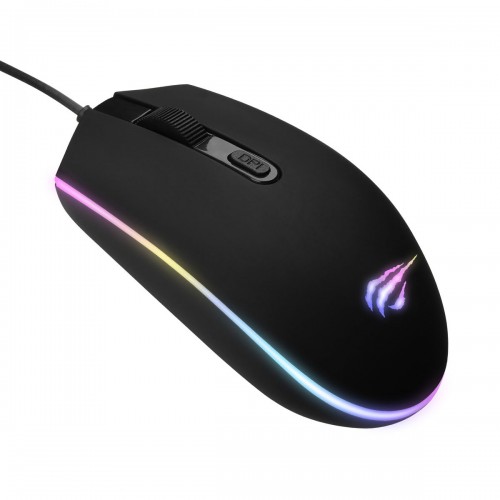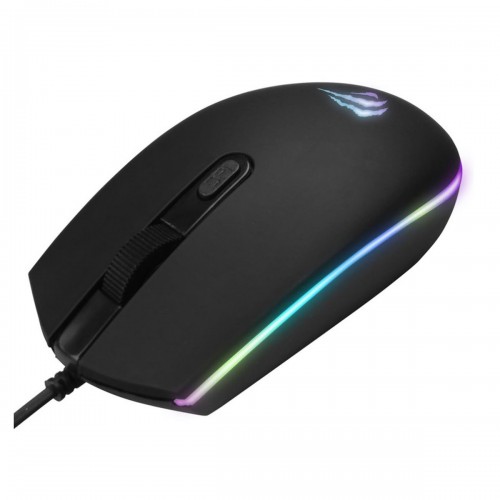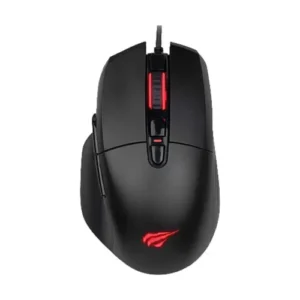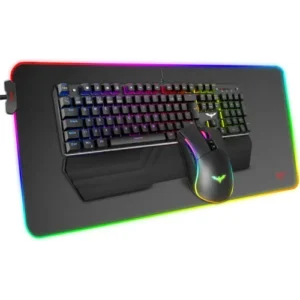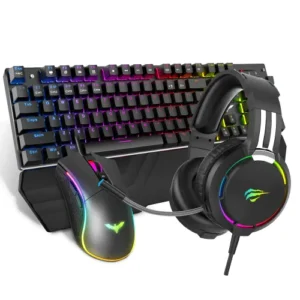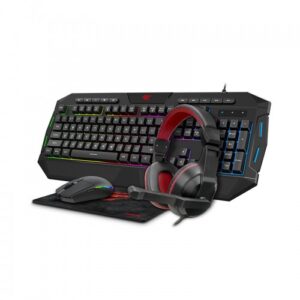Understanding Gaming Mouse Specifications
When selecting a gaming mouse, it is crucial to understand its technical specifications, as these can significantly impact your gaming experience. One of the primary features to consider is the number of keys available on the mouse. A standard gaming mouse typically includes several additional buttons that allow players to execute commands swiftly. This customizable feature can be particularly advantageous in fast-paced gaming scenarios, enabling quick access to abilities or items.
Another essential aspect is the connection type. Gaming mice generally come in two varieties: wired and wireless. A wired USB connection is often favored by competitive gamers due to its reliability and minimal latency, ensuring a consistent signal during critical gameplay moments. Wireless options, although increasingly responsive, can occasionally suffer from interference, so it is vital to assess which will best suit your gaming habits and environment.
Optical sensor settings and DPI (dots per inch) levels also play a pivotal role in a gaming mouse’s performance. Common DPI settings, such as 800, 1200, 1600, and 2400, allow users to adjust the mouse’s sensitivity. Higher DPI values enable quicker cursor movement, beneficial for high-paced gaming, while lower settings facilitate precision in tasks requiring accuracy, like sniping in shooting games. Many gaming mice come equipped with adjustable DPI buttons, allowing users to switch settings on-the-fly to accommodate differing gameplay requirements.
Lastly, the cable length of a gaming mouse can significantly dictate user comfort and mobility. A cable length around 1.8 meters typically provides ample room to maneuver without feeling restricted. This consideration is particularly important in extended gaming sessions, where user comfort directly correlates with performance. Understanding these specifications will provide a solid foundation for choosing a gaming mouse that aligns with your gaming style.
Physical and Warranty Specifications of Gaming Mice
When selecting a gaming mouse, it is crucial to consider its physical specifications as they greatly affect user experience. A standard gaming mouse typically measures around 126x68x40 mm, although various models may slightly deviate from these dimensions. The size and shape of the mouse play a vital role in comfort and usability, especially during extended gaming sessions. A well-designed mouse incorporates ergonomic features that conform to the user’s hand, reducing fatigue and promoting better control. Additionally, color and aesthetic design are significant factors as they contribute to a visual appeal that complements personal gaming setups.
Another important aspect to examine is the longevity of gaming mice. A reliable model ensures performance over time by utilizing durable components. For instance, the switch lifecycle is a critical specification, with many gaming mice capable of withstanding up to 3,000,000 clicks. This durability is essential for gamers who engage in intense gameplay and rely on a responsive mouse for competitive advantages. A mouse’s ability to maintain functionality after extensive usage not only enhances the gaming experience but also justifies the initial investment made.
Warranty information is equally paramount when purchasing a gaming mouse. A standard one-year warranty is often provided by reputable manufacturers, serving as a safeguard for your investment. This warranty ensures that any defects or malfunctions that may arise are addressed without additional costs. Knowing that support is available in case of issues offers peace of mind for gamers who depend on their equipment’s performance. In summary, understanding the physical specifications and warranty details can significantly guide your choice of gaming mouse, ensuring a balance of comfort, durability, and reliability throughout your gaming endeavors.

